
The image of a flock of pigeons flying above Notre Dame Cathedral (District 1, Ho Chi Minh City) every morning has become familiar in the minds of many people. Regularly at 6 a.m., squirrels, pigeons, and sparrows will gather in front of the church, waiting for breakfast of rice, beans, breadcrumbs or fruit from the people. For the people here, perhaps taking care of these animals has become their daily habit.

Mrs. Hong Thanh (45 years old) always takes the opportunity to walk from her house to this place every morning to feed the pigeons. “I spent a few hundred thousand out of pocket to buy rice and fruit to take care of the pigeons and squirrels. Every day I come to feed them, whether it’s sunny or rainy. This makes me feel light and peaceful. “, she shared. It is known that the number of pigeons is less than before due to the impact of the epidemic. They also no longer stay behind Notre Dame Cathedral but move to the green trees next to it.
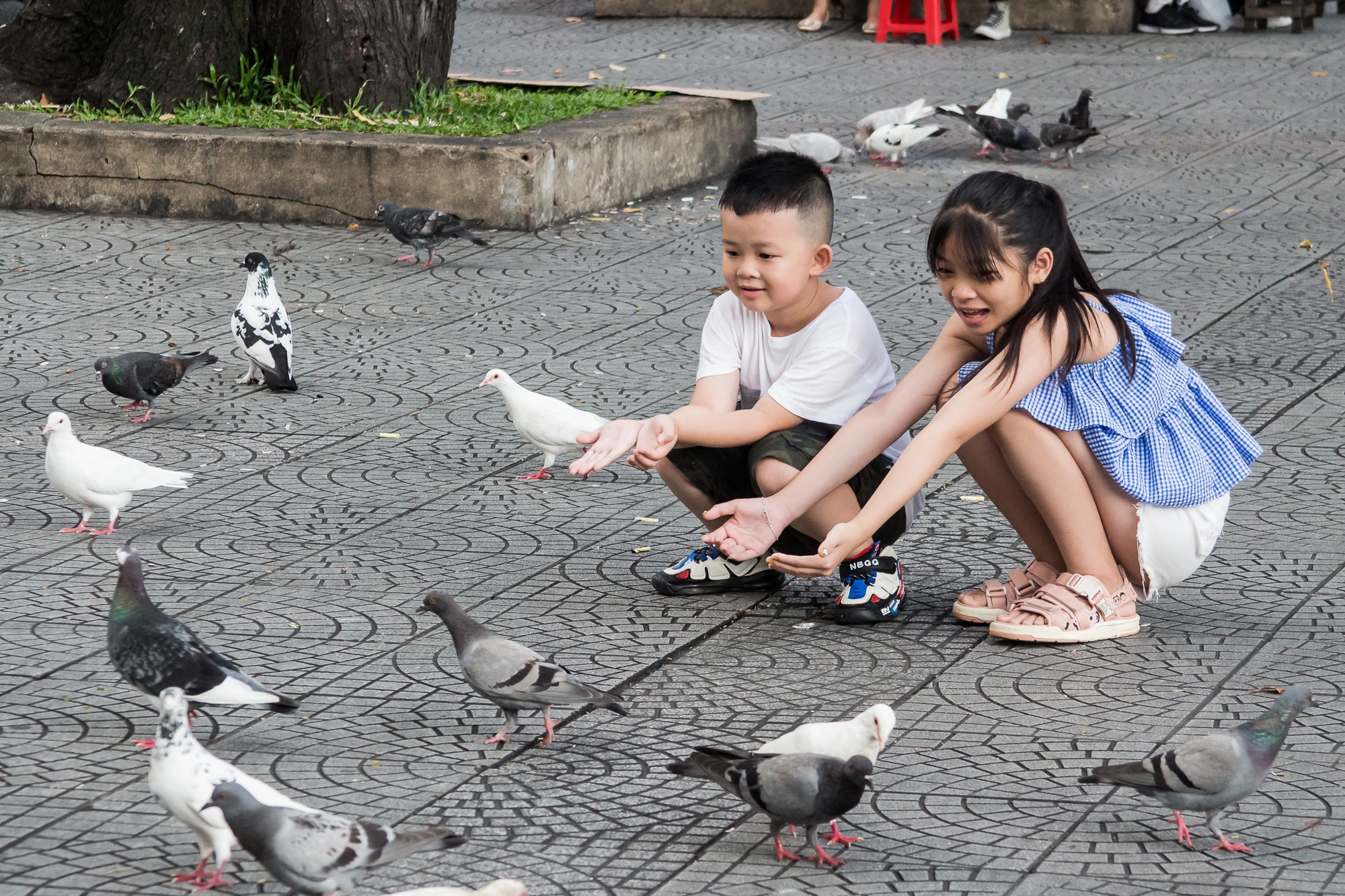
On weekends, the birds become the focus of residents and visitors. Especially for young children, many parents bring their children here to play, watch birds and practice observing nature. Ms. Nguyen Thi Quy (Go Vap district) said: “Our family rarely has time to rest on the weekend. So, even though my home is far away, I still bring my children here to breathe fresh air in the morning and play with the pigeons.”
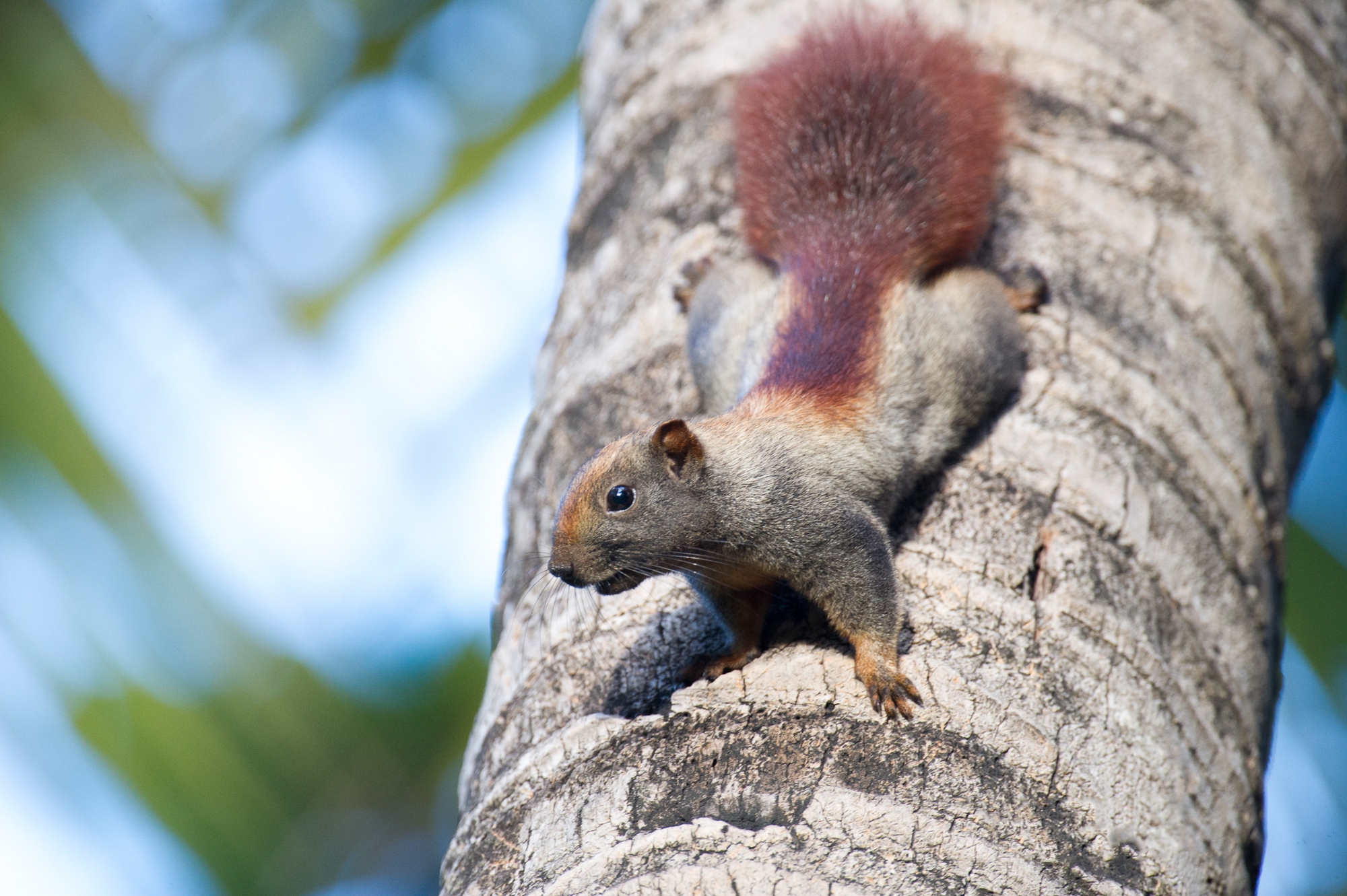
Besides, people also often bring fruit for the squirrels to eat. These squirrels live on the tops of ancient black star trees. When needed, they can jump from tree to tree. It is known that in addition to bananas, mangoes, dragon fruits, kiwis, squirrels can also eat passion fruit and some other sweet fruits.
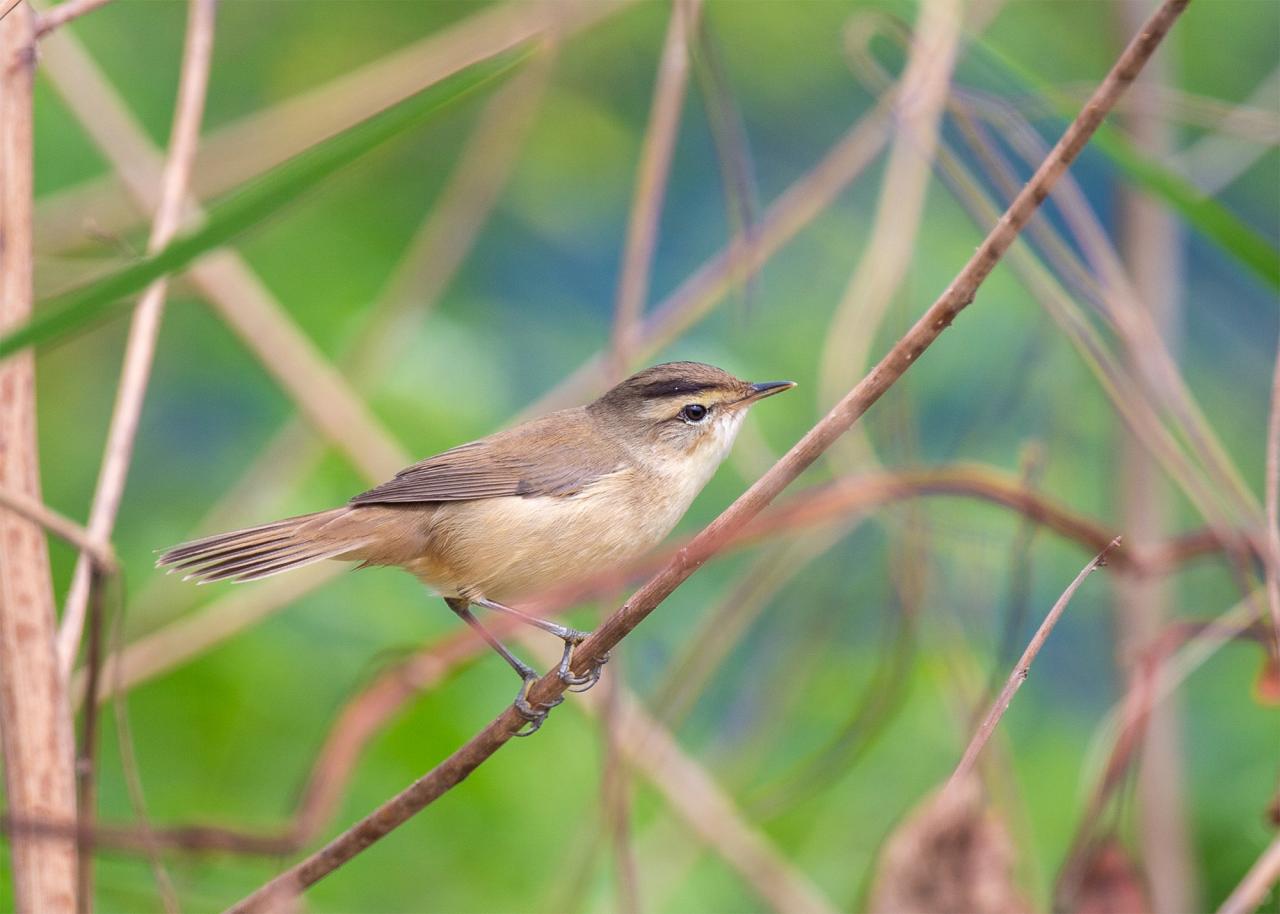
In addition to Notre Dame Cathedral, Tao Dan Park (District 1) is also considered the “green lung of the city”. The park is about 10 hectares wide with more than 1,000 shady trees. This is also where many wild animals live, attracting many nature enthusiasts. The most common in the city is the sparrow, followed by the brown starling, black starling or cuckoo. In the photo is a sparrow, with a plump body with brown, black, white feathers and round wings.
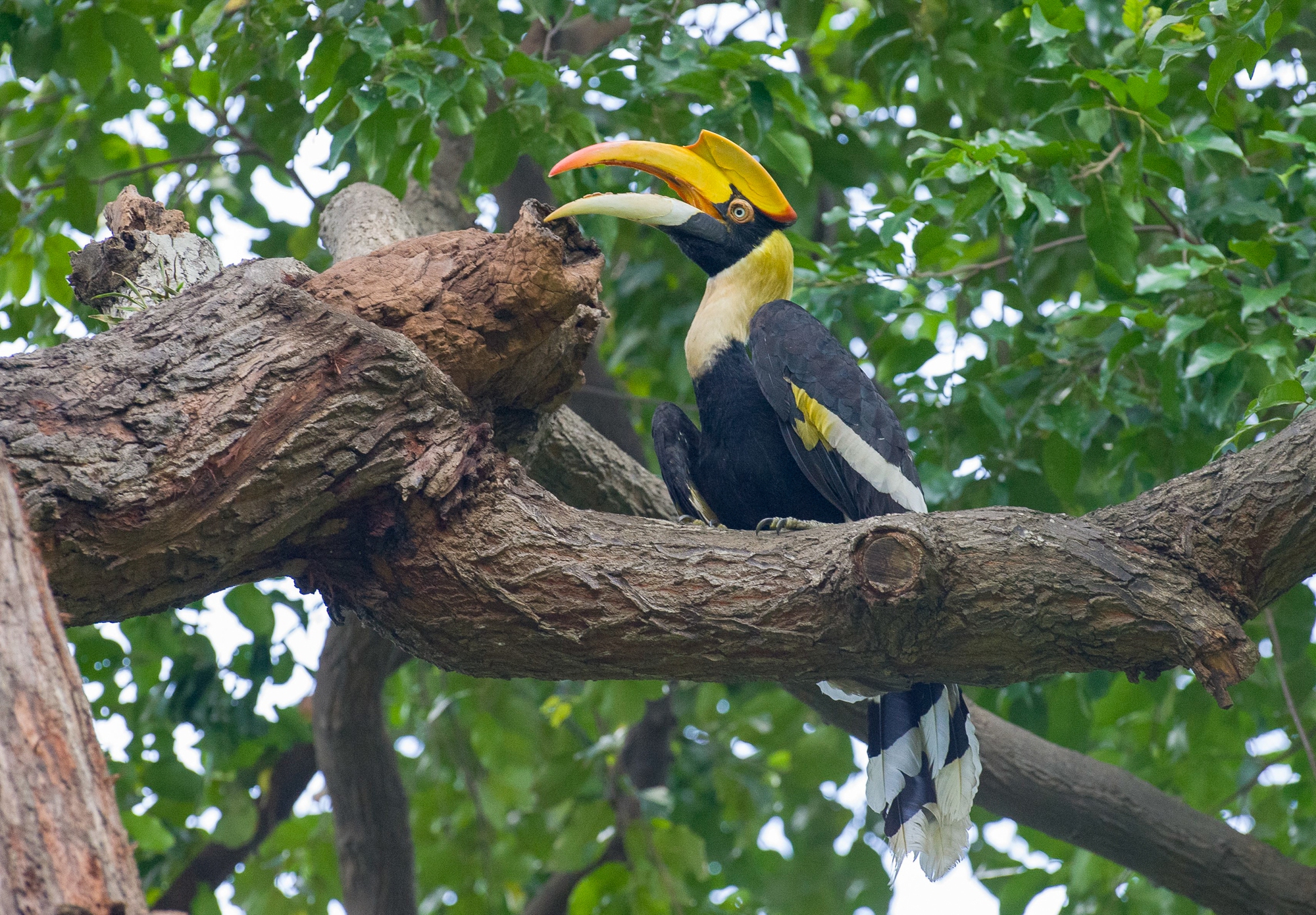
If you observe closely, many people will see many other beautiful and rare birds. They live interspersed in the heart of the city, on streets, parks or temples. In the photo is a hornbill (also known as a land phoenix) taken at Tao Dan park. Currently, this bird species is considered to be near (near) endangered in the red list of the IUCN (International Union for Conservation of Nature). Vietnam puts hornbills on the list of prohibited purchases and trading of even one bird can result in criminal prosecution. However, their hornbeak trade still takes place underground and is difficult to control. The value of this species is estimated at 6,150 USD/kg.
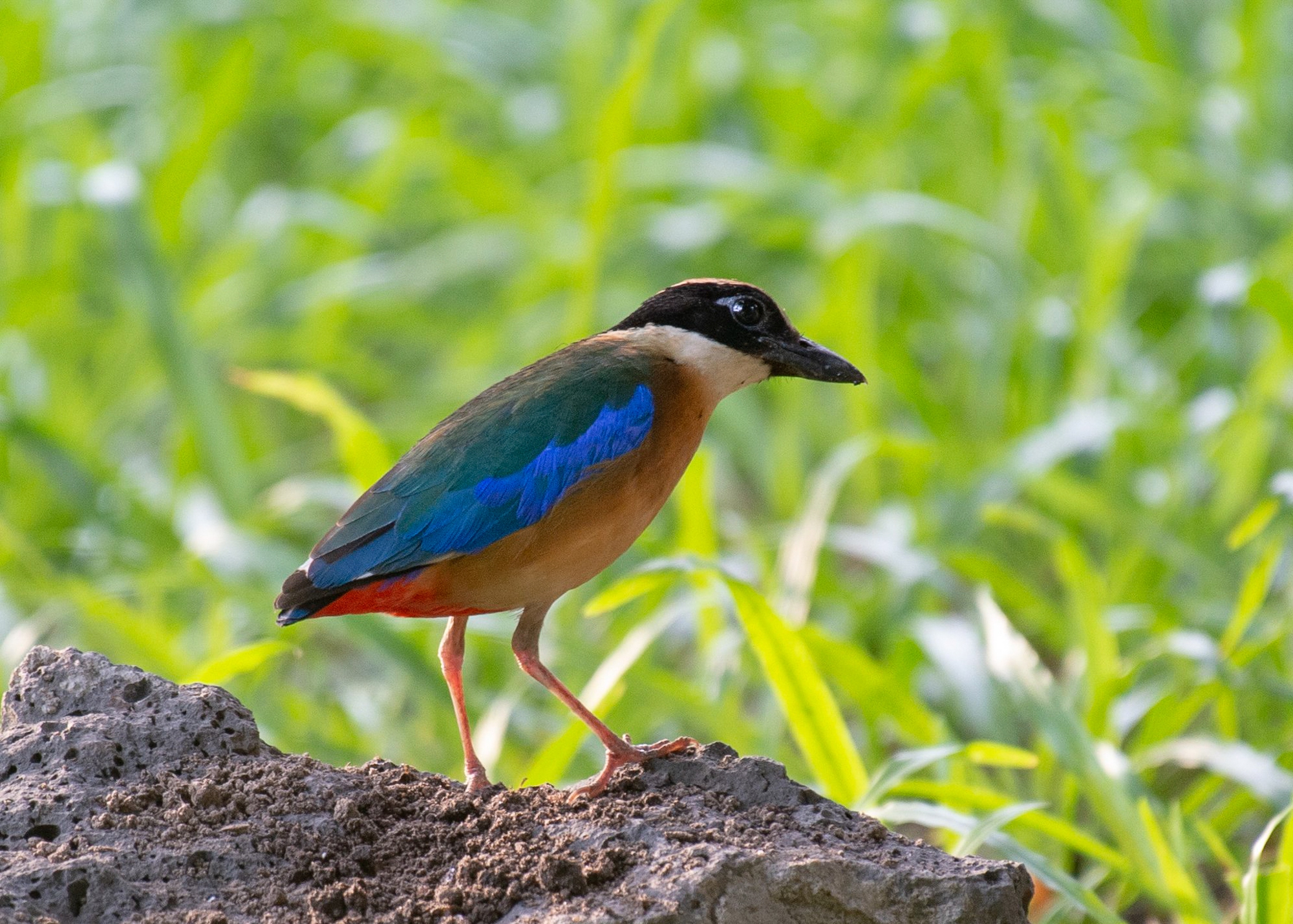
One of the most beautiful, rare, and impressive migratory birds is the blue-winged tail at Tao Dan park. They often reside and feed in Indonesian forests. The breeding season usually starts in April every year, they will return to Vietnam to pair, nest and give birth to a new generation of young birds.
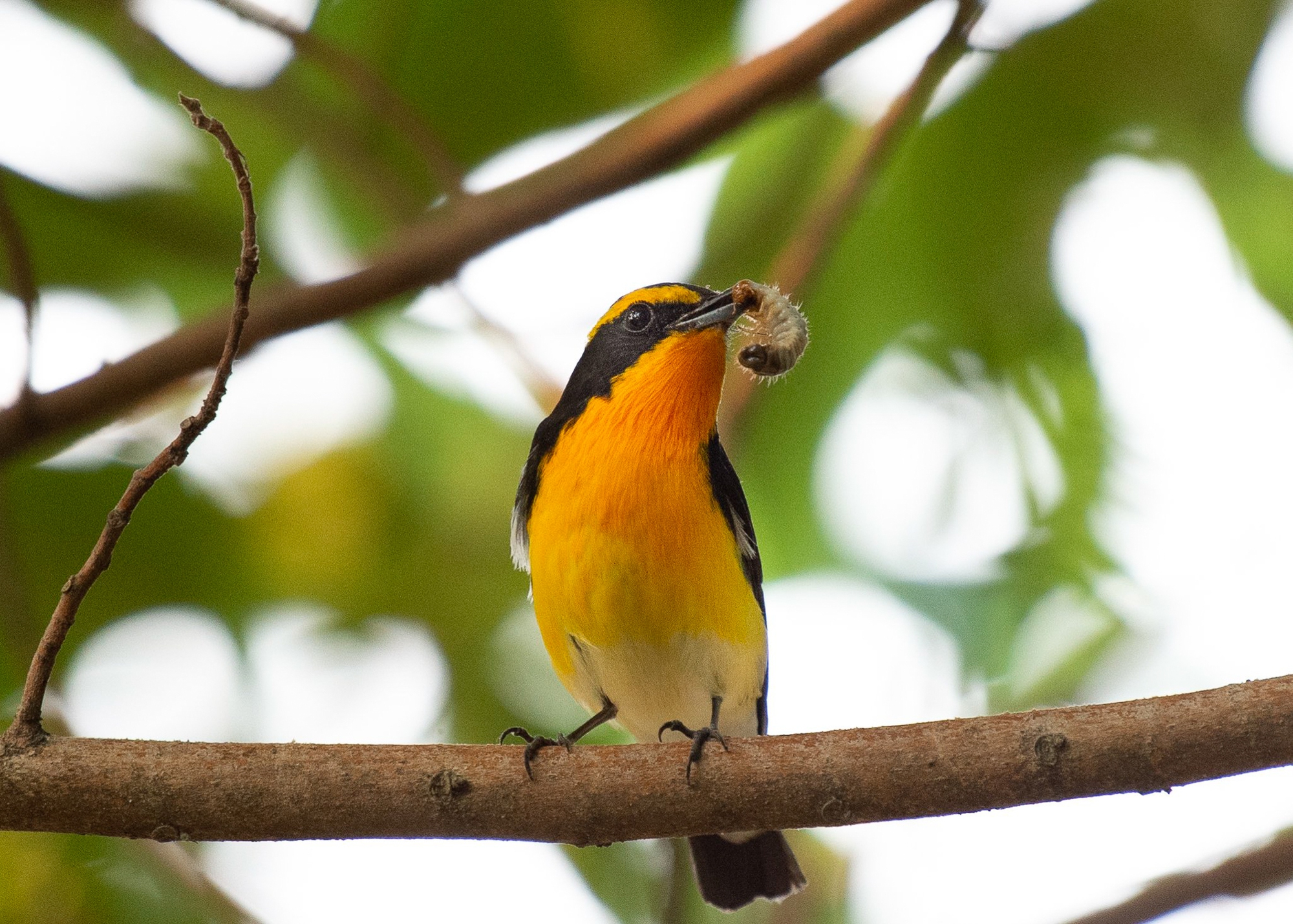
According to a photographer specializing in photographing animals, birds and reptiles are also concentrated in Ky Hoa Lake Park (District 10), District 7 and District 12. On tall oil trees in Ky Hoa Park is the habitat of the yellow-backed flycatcher (pictured), the golden-backed flycatcher or the cheo ward. However, these birds usually do not stay for too long, they appear here for a few weeks and then fly to another place to feed. Birds in the park forage in the wild, and are sometimes fed by bird photographers.
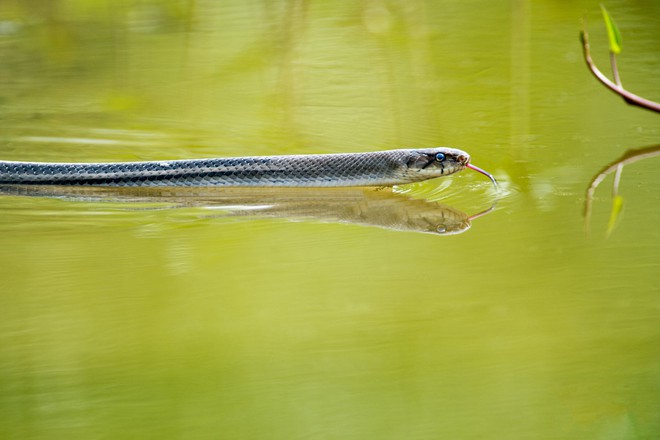
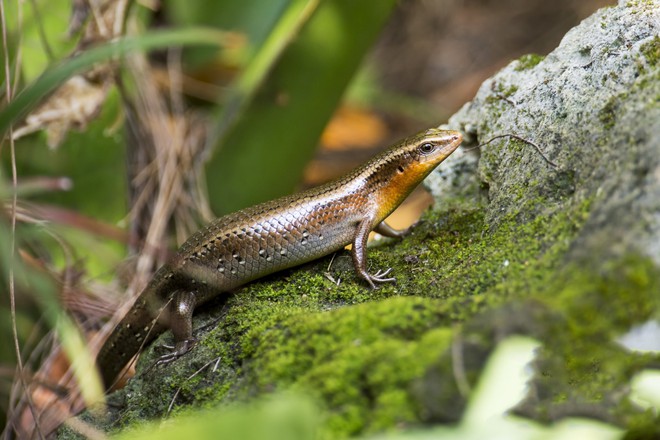
In addition, the park is also home to reptiles. In the photo are termite snakes taken at Anh Sao Bridge (District 7) and at Tao Dan Park.
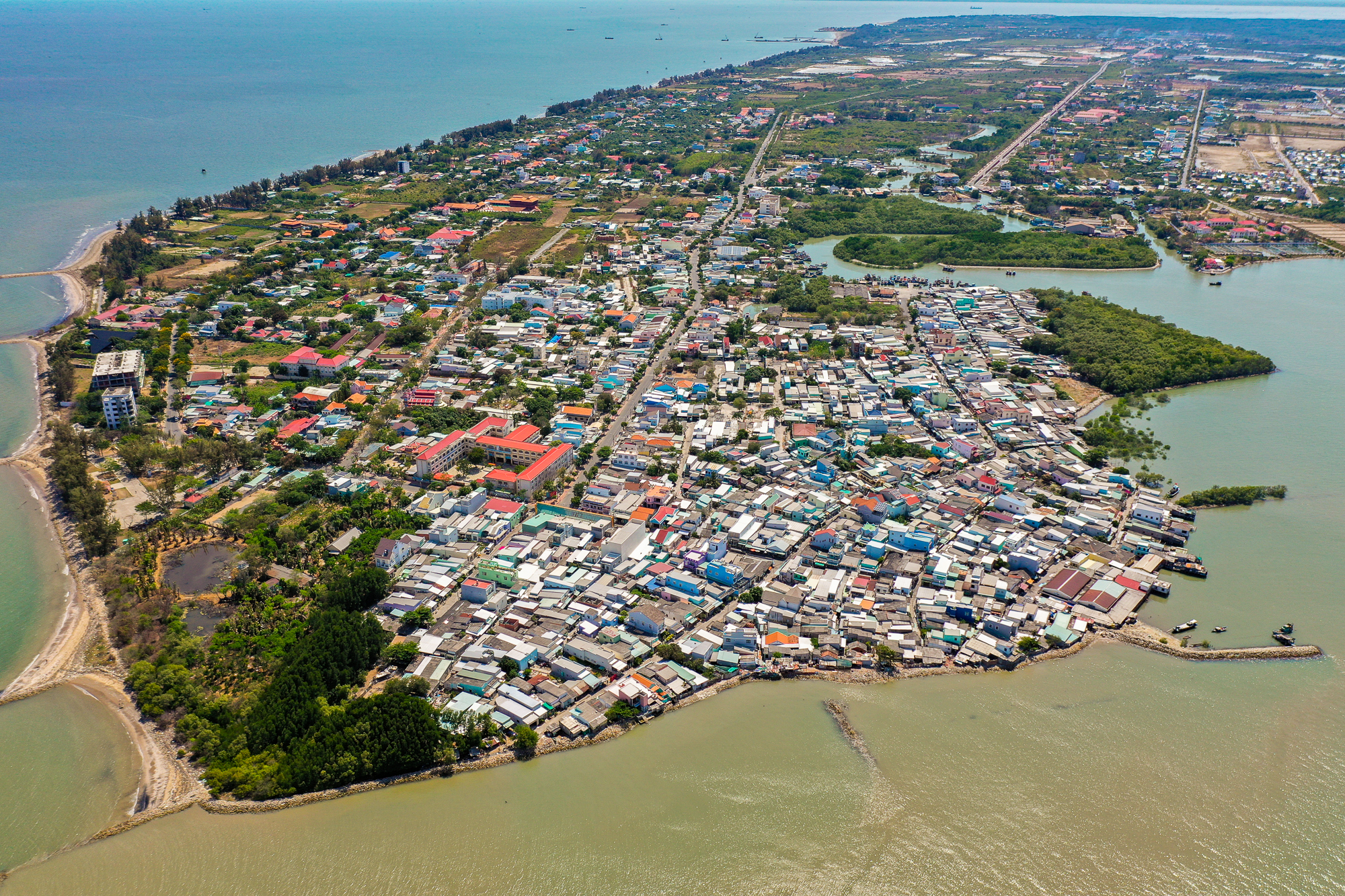
Far from the city center is the Can Gio mangrove forest, recognized by UNESCO as the first World Biosphere Reserve in Vietnam in 2000, covering more than 75,000 hectares, located in the vast delta of the Dong Nai rivers. , Saigon and Vam Co Dong, Vam Co Tay.
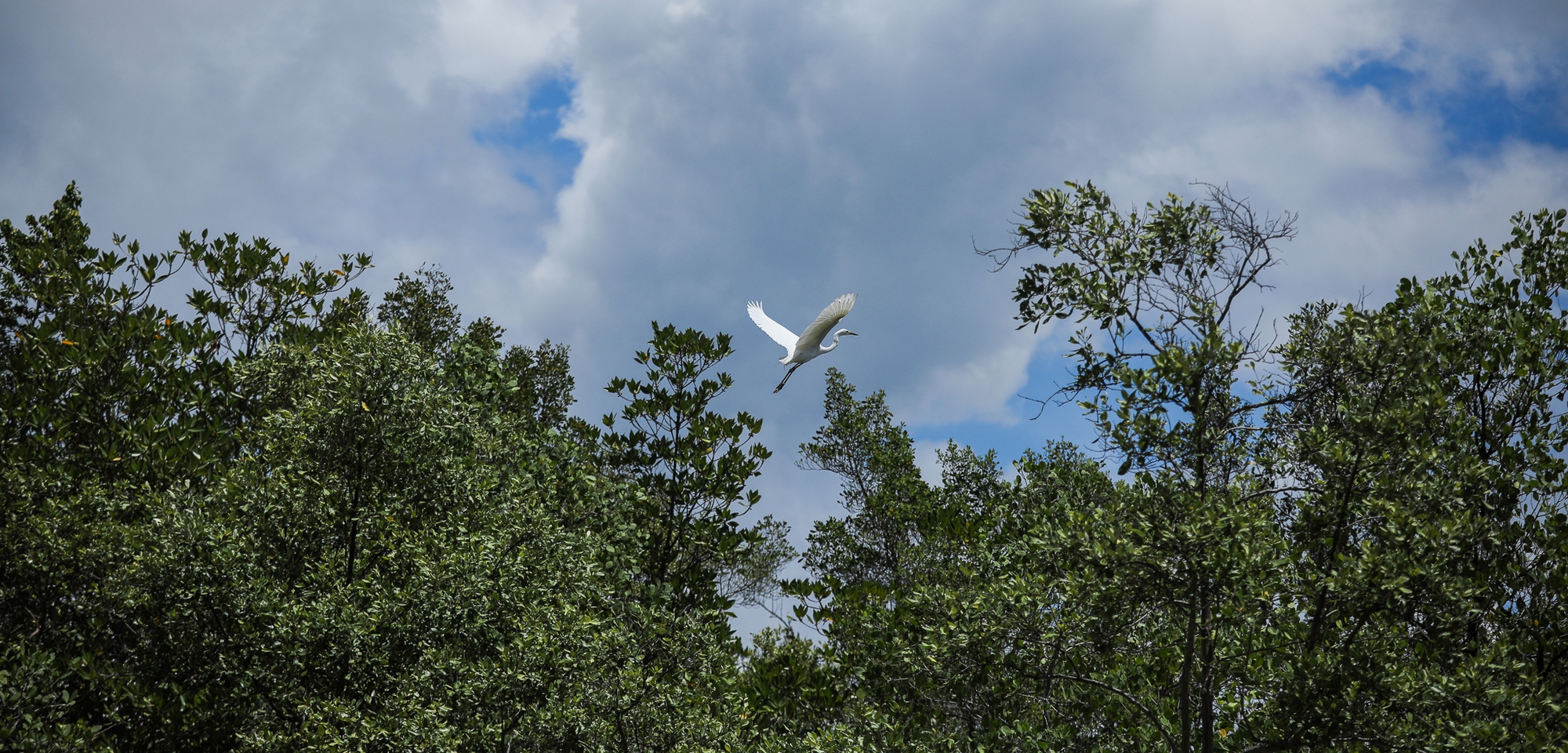
Over the past 20 years, the forest has played the role of green lung of the city. Ho Chi Minh City, home to hundreds of species of wild animals. In particular, there are more than 130 bird species here, including migratory species in different habitats, creating a vivid natural picture.
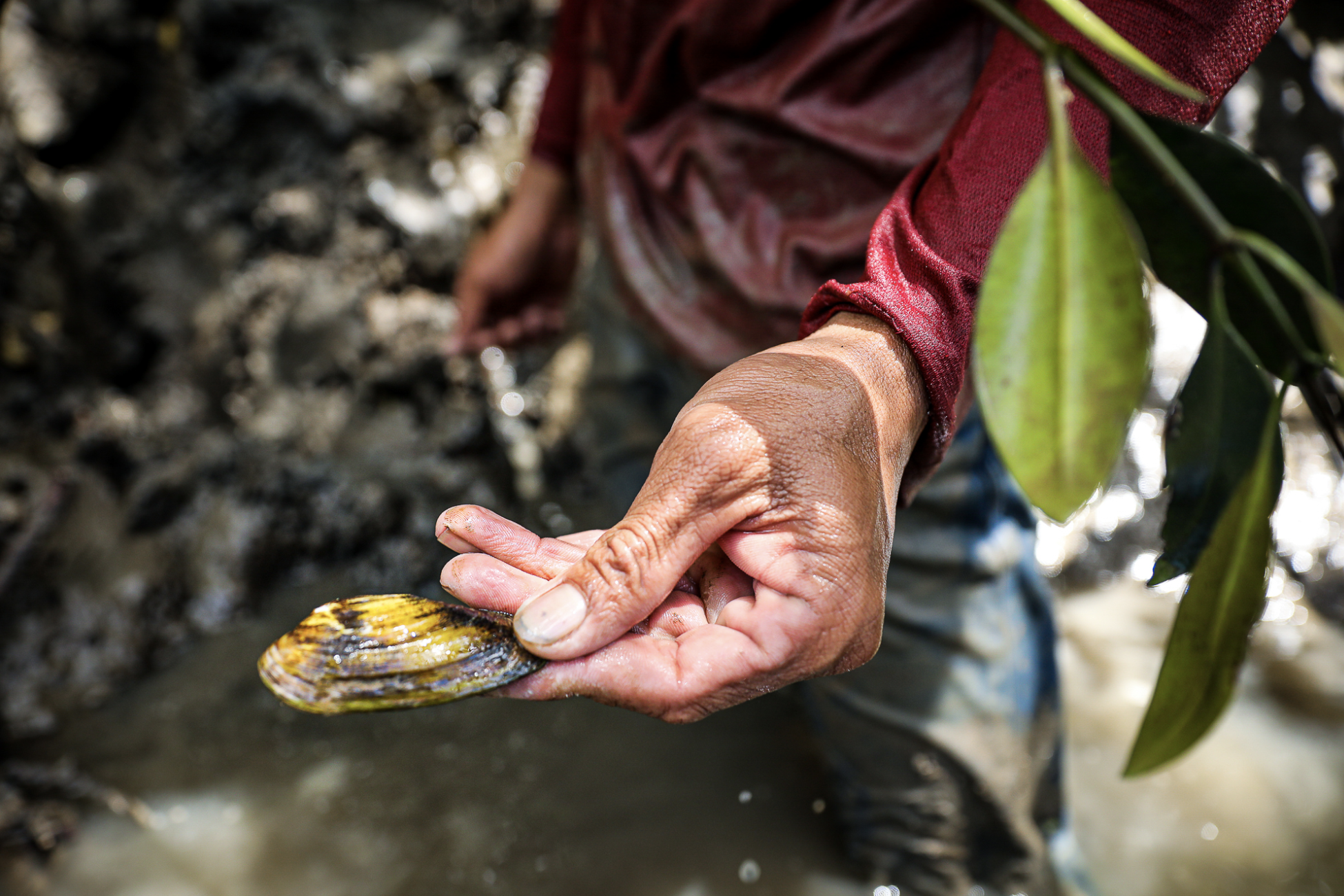
Here, people build raft houses on the river to make a living thanks to aquatic species. Nowadays, many people still weave between the tangled cork and mangrove trees of the Sac forest to hunt octopus, chem carp, and three-knot…





